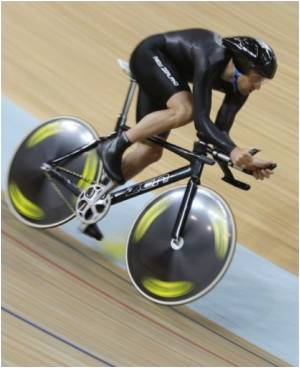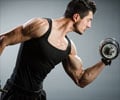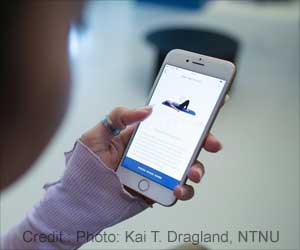A scientist at University of New Hampshire (UNH) has converted a three-minute all-out cycling test to a fitness tool, as good as lab-intensive measurements to evaluate exercise intensity.

Using two tools most competitive cyclists already own-a power meter, an increasingly common training device that mounts on a bicycle's rear wheel, and a stationary bicycle trainer - UNH graduate student Jay Francis '09 modified a three-minute all-out cycling test.
"Power is a very unbiased way of measuring your exercise ability, compared to speed, heart rate, or perceived exertion," said Francis.
"A power meter measures how much power you are getting from your body to the road," independent of external conditions like hills, wind, or even what you had for lunch, he added.
Francis and his advisor, assistant professor Dain LaRoche, wondered if this increasingly common piece of equipment could be used to establish individualized exercise intensity domains - training zones that range from moderate to severe - that were as accurate as those established with complex laboratory testing.
Francis used a three-minute all-out cycling test - "you just push and push and push and never let up" - which had previously shown to yield, in the last 30 seconds of the test, a power level that a cyclist can sustain for 20 to 30 minutes.
Testing 16 competitive cyclists, Francis compared their exercise intensity from the power meter test with classic laboratory-produced exercise intensity measures: blood lactate concentration and oxygen consumption.
"You can go out with your own power meter and, for free, in just three minutes, you can do what would cost you 250 dollars and take over an hour in the lab," says LaRoche.
With this data, a cyclist can develop a range of individualized training zones that a coach will use to prescribe a particular workout, said a co-author of the study.
The study, which was Francis's master's thesis, is published in the September 2010 issue of Medicine n Science in Sports and Exercise, the premier journal in the field.
Source-ANI
 MEDINDIA
MEDINDIA




 Email
Email










